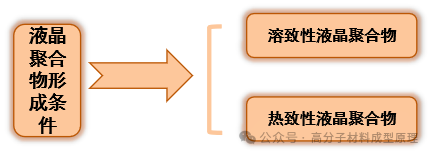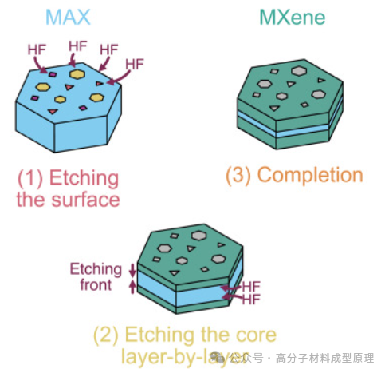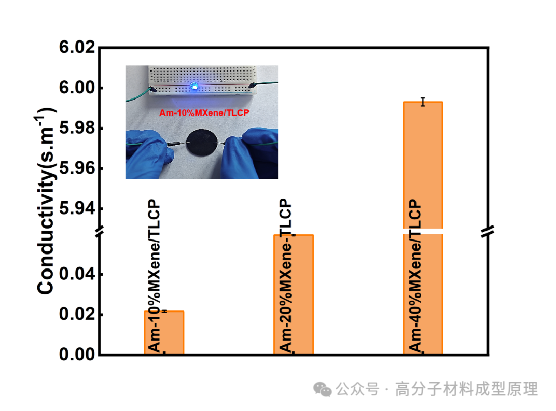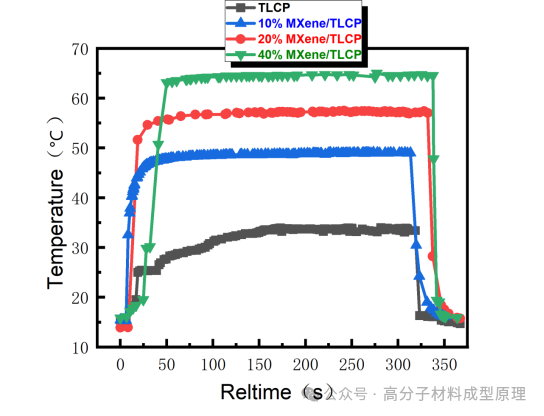Agricultural plastic film | Environmentally friendly degradable film | Self adhesive protective film
Conductive film | High barrier cling film | Heat shrink film
Welcome to Changzhou Hefeng Packaging Materials Co., Ltd!
Agricultural plastic film | Environmentally friendly degradable film | Self adhesive protective film
Conductive film | High barrier cling film | Heat shrink film
Preface
Thermotropic liquid crystalline polyarylester (TLCP) is a polymer material with broad application prospects. It exhibits excellent thermal and mechanical properties, as well as stable size and low dielectric constant. Therefore, it has broad application potential in high-tech fields such as aerospace, national defense and military industry, fiber optic communication, electronic appliances, etc. However, TLCP is a typical insulating material that has problems such as weak response to external electrical stimuli, single functionality, and poor photothermal conversion efficiency. Therefore, in order to improve the response ability of TLCP to external stimuli, nano composite modification was adopted to enhance its conductivity and photothermal conversion efficiency.
TLCP
Liquid crystal polyarylesters are polymers formed by connecting aromatic rings through ester bonds, consisting of rigid rod-shaped molecular units that can form liquid crystals during heating. Figure 1 shows a representative liquid crystal polyarylester structure

Figure 1: Representative Structure of Polyarylester
According to the conditions for the formation of liquid crystals, liquid crystal polymers can be divided into thermally induced liquid crystal polymers and lyotropic liquid crystal polymers

Figure 2: Classification of Liquid Crystal Polymers
Thermotropic liquid crystal polyarylesters have excellent thermal, mechanical, and dielectric properties due to their highly oriented arrangement, high crystallinity, and strong intermolecular interactions. They can be widely used in flame retardant, 5G, aerospace, and other fields

Figure 3: TLCP application areas
TLCP modification
Why is modification necessary
However, TLCP is a typical insulating material that has problems such as weak response to external electrical stimuli, single functionality, and poor photothermal conversion efficiency. Therefore, in order to improve the response ability of TLCP to external stimuli, nano composite modification was adopted to enhance its conductivity and photothermal conversion efficiency. Therefore, we introduce MXene two-dimensional material.
MXene
The general formula for MXene is Mn+1XnTx (n=1-4), where M represents early transition metals such as Ti, Zr, V, Nb, Ta, or Mo, and X represents carbon and/or nitrogen. The structural pattern of MXene is shown in Figure 4.

Figure 4: Structural pattern of MXene
These MXenes are usually prepared by selective etching from the A layer of their corresponding layered precursor MAX using various methods such as fluoride based compounds, so their basal planes usually have rich surface functional groups

Figure 5: Schematic diagram of MXene prepared by HF acid etching MAX phase
Results and Discussion
Preparation of thermally induced liquid crystal poly (arylene ester)/MXene nanocomposites by in-situ intercalation polymerization method and adjustment of adding different proportions of MXene can obtain their morphology characterization and study their properties

Figure 6: SEM characterization of MXene/TLCP composite material
conductivity
From the data in Figure 6, it can be seen that through the modification of nanocomposites, the conductivity of MXene/TLCP composites increases with the increase of MXene content. When the amount of MXene added after modification is only 10%, the small light bulb can be lit up. When the amount of MXene added is increased to 40%, its conductivity reaches as high as 5.99 S/m.

Figure 6: Conductivity characterization of MXene/TLCP composite material
Photothermal conversion efficiency
According to Figure 7, under 808nm laser irradiation, the temperature of the composite material gradually increases and remains stable in a short period of time. Pure TLCP, Am-10% MXene/TLCP, Am-20% MXene/TLCP, and Am-40% MXene/TLCP can reach temperature plateaus of 34 ℃, 47 ℃, 56 ℃, and 64 ℃, respectively. This is because the higher the MXene content, the darker the surface color of the composite material and the better its heat absorption.
Under the same light source irradiation, the Am-40% MXene/TLCP composite material showed an 84% increase in photothermal conversion compared to pure TLCP, and remained stable. This indicates that with the increase of MXene content, the photothermal conversion efficiency and stability of the composite material are significantly improved.


Figure 7: Characterization of Photothermal Conversion Efficiency of MXene/TLCP Composite Materials
Existing problems
Even though the addition of MXene improves the ability of TLCP to respond to external stimuli, its mechanical properties have decreased. This is because pure TLCP is known as a "special engineering plastic" with excellent mechanical properties.
The addition of MXene will disrupt its regularity and reduce the mechanical properties of composite materials, so further exploration is needed for the practical application of composite materials.
Welcome to Changzhou Hefeng Packaging Materials Co., Ltd!
Mobile phone: 15895061333
Email: 115555372@qq.com
Address: Moujia Village, Zhenglu Town, Tianning District, Changzhou City
Copyright © 2025 Changzhou Hefeng Packaging Materials Co., Ltd